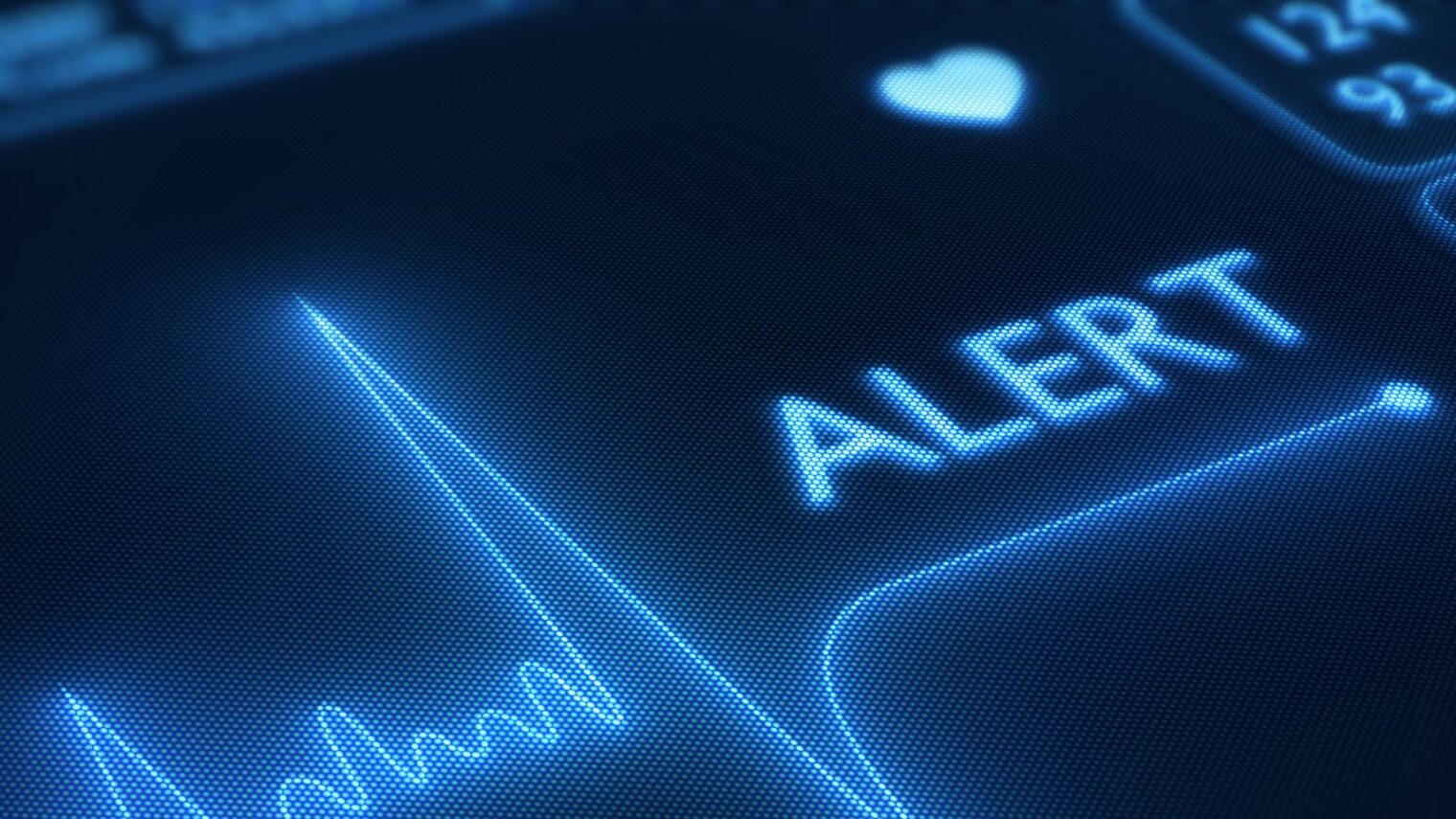The inspiration for Neteera Technologies came from the most techy source possible: Apple founder Steve Jobs.
“It might sound weird, but Steve Jobs was hospitalized for a long time and one of his complaints was that you need to be attached to the oxygen monitor with your finger. He wondered how it was possible that there still isn’t a solution to this thing,” recalls Neteera founder and CEO Isaac Litman.
“That’s how the idea for our technology was born,” he explains.
“How can we monitor people without forcing them to wear things, without touching them, without them having to be hooked up to anything. After all, we live in a contactless age.”
Neteera, founded in 2015, developed a small device that can be placed next to patients to monitor their heart rate, respiration rate, respiration depth and inhale-exhale ratio.
It can be placed up to five feet away from patients, works through clothing and bedding, and sends all the privacy-compliant data collected to the cloud and from there to various caregiver platforms.
Maintenance free

When they started out, Litman and his partners knew they wanted their contactless solution to gather sufficient data without any privacy issues or cameras; to be affordable; and not to require maintenance and cleaning between patients.
“Radar technology solves all these issues in the correct way, with good performance and at a reasonable price,” he says.
Litman says Neteera is the only company in the world using very high-frequency radar programmed specially to monitor human vital signs.
“When our heart beats and when we breath, certain movements are created in our bodies,” Litman explains.
“Our device transmits a very weak and safe signal that knows how to penetrate clothing or linen but not the skin — it’s noninvasive. Once that signal touches the skin, it sees the skin movement and brings it back to the system. We then translate the skin movement into actionable data.”

Neteera’s competitors in contactless health monitoring, says Litman, mainly employ cameras or off-the-shelf radar systems.
“We have an advantage in that we can get more data from this wireless device that is cheaper and doesn’t use a camera, so it doesn’t have privacy or maintenance aspects,” he says.
Moreover, “if tomorrow we’d like to add features such as sleep monitoring or sleep disorder detection, you don’t need to switch the system. These additional features can be added with only a software update.”
Use cases
Neteera’s solution, Litman notes, has many potential use cases, from monitoring patients at hospitals and nursing homes to monitoring elderly people at home.
It is currently deployed across 15 nursing homes in the United States, having received FDA approval last September. The next step will be hospitals and homes.
The Jerusalem-based company has raised $30 million since its founding from both venture capital firms and private investors. It has 30 employees and is now at an early-growth stage.
“This means that there are already orders for what we’re managing to produce, and we’re starting to work on growing production and transportation. In terms of demand, our challenge now is not to bring over new customers or orders but to meet the existing demand.”

Covid, Litman says, demonstrated the significance of Neteera’s solution.
“I think that many organizations realized on the one hand the benefits for the patients and on the other the benefit of not entering the patients’ rooms and touching them.”
“Another thing that happened following Covid is that there’s a shortage of medical and paramedical manpower in the United States and worldwide,” he notes. “Technology can become a solution to some of these manpower challenges.”
“The whole thing really accelerated our research and development and the adoption of our technology.”
Litman plans to continue adding more capabilities to the Neteera system. A “very significant cooperation” with an American research organization will further this development.
For more information, click here.
















